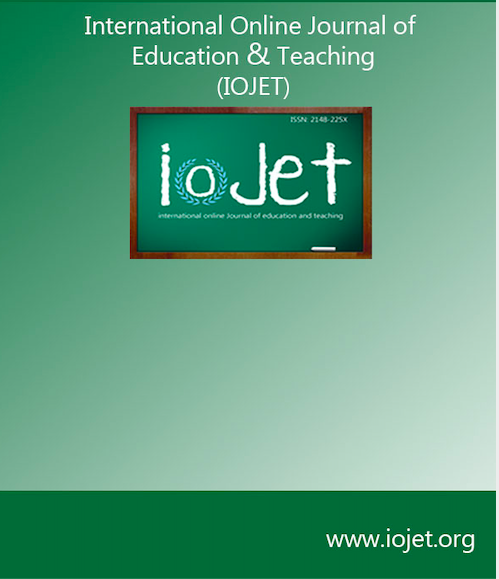WEIGHING THE PROS AND CONS OF ARTIFICIAL INTELLIGENCE (AI) IN HIGHER EDUCATION: A MIXED-METHODS SURVEY OF BULGARIAN UNIVERSITY INSTRUCTORS
Main Article Content
Abstract
Abstract
Purpose: The present study aimed to identify prevailing sentiments among the Bulgarian academic community toward AI tools and establish a benchmark for the integration of AI into education. Methods: A mixed-methods survey was completed by 910 university instructors from higher education institutions in Bulgaria. The data was analyzed through statistical and content analyses. Results: The participants showed awareness of the inevitable changes that AI would bring to the existing educational paradigm. Although they seemed quite familiar with the most popular AI tools, they acknowledged deficiencies in their preparedness and emphasized the need for training to utilize AI affordances effectively. The educators outlined the risks associated with unethical use of AI and underscored the urgent establishment of norms and guidelines. The lack of scientific data on the long-term effects of AI on students’ cognitive abilities and creative thinking emerged as a dominant concern and reason for skepticism. The instructors viewed personalized education as a positive asset of AI, aligning with diverse learner profiles, but they also considered it a threat, devaluing the role of educators and classroom dynamics. Familiarity with AI, subject area, and gender accounted for 92.83% of the variability in the instructors’ opinions on the utility of AI. Conclusion: Alongside developing educators’ expertise in AI technology, it is essential to delineate the scope, objectives, and domains of AI use.
Keywords: artificial intelligence, benefits, challenges, familiarity, higher education instructors
Article Details
Authors retain copyright to their work, licensing it under Creative Commons Attribution-NonCommercial-NoDerivatives 4.0 International License and grant the journal exclusive right of first publication with the work simultaneously and it allows others to copy and redistribute the work for non-commercial purposes, with an acknowledgment of the work's authorship and initial publication in IOJET and provided that no changes were made on the article.

